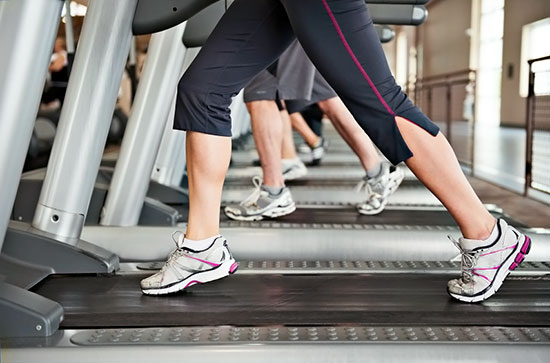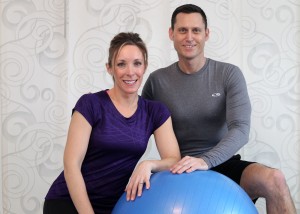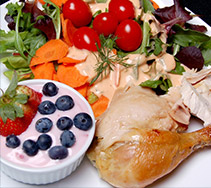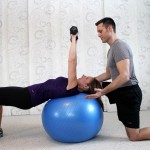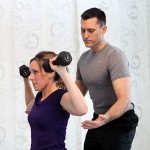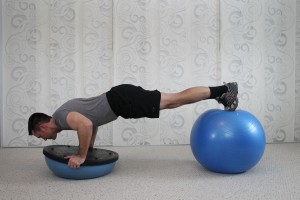
Summer is almost over and it’s time to start thinking about fall weather, school starting, and, dare I say it, the Holidays. My youngest son, Will, is starting kindergarten at a new elementary school this year. This is going to be a big change for him and my wife and I. Our little Stinky is getting big! It’s time for both of my boys to go back to school. This summer has been full of traveling, staying up late, fishing, and just general craziness. They need a change in their daily schedule. A change that has more structure and discipline. They will certainly benefit from this change from summer fun to a structured school routine. As with my kids, I need to change my routine now. My exercise routine.
I’ve found myself getting into the same old exercise routine. A routine that has gotten a bit boring and mind numbing. I always use this time of the year to analyze my workouts and see where I need to make changes. I’ve really gotten into High-Intensity Circuit Training for the past 5 months and have neglected standard weight-lifiting. The circuit training has certainly kept me at a top physical fitness level and has kept off the unwanted pounds that so many people put on towards the end of summer. I also like to eat an occasional cheeseburger and drink a glass of wine or 2 (or 3).
Yesterday was my first day of change in my daily exercise routine. I got back into lifting weights or strength training. I am SO sore today. Pull-ups, chest presses, and flyes. Heavy weights. Circuit training is definitely a great way to stay in shape, but so is standard strength training. My body has gotten use to being beat up by circuit training. I had reached a plateau. Changing my exercise program to something a little different will certainly change my body for the better and progress me to an even higher level of fitness.
When working out, I don’t compare myself to others on the fitness floor. I compare myself to me when I was in the Marine Corps 20 years ago. I’ve found that consistently changing my exercise routine over these last 20 years has made me leaner and stronger. My cardiovascular endurance is equivalent, maybe even a little better, than when I was 21 years old. My balance and coordination have improved immensely since being consistent with changes in exercises. As a matter of fact, all 11 components of physical fitness have only improved over these many years of exercise and consistent change in my work-outs. There’s no reason to believe your body diminishes as you get older!
I’m 44 years old now. Making changes in my exercise routine along with consistency and healthy eating has kept me at the same weight I was in 1994 when I left the Marines. So don’t get stuck in the same pattern of exercise. Try to mix it up now. Get that body you had 20 years ago. It will take hard work and discipline, but so does everything else in life. Stay focused on your new exercise program and be consistent with healthy eating. Because the change you make in your daily exercise routine today will change your body and the way you feel about yourself for the rest of your life. Change is Good!


